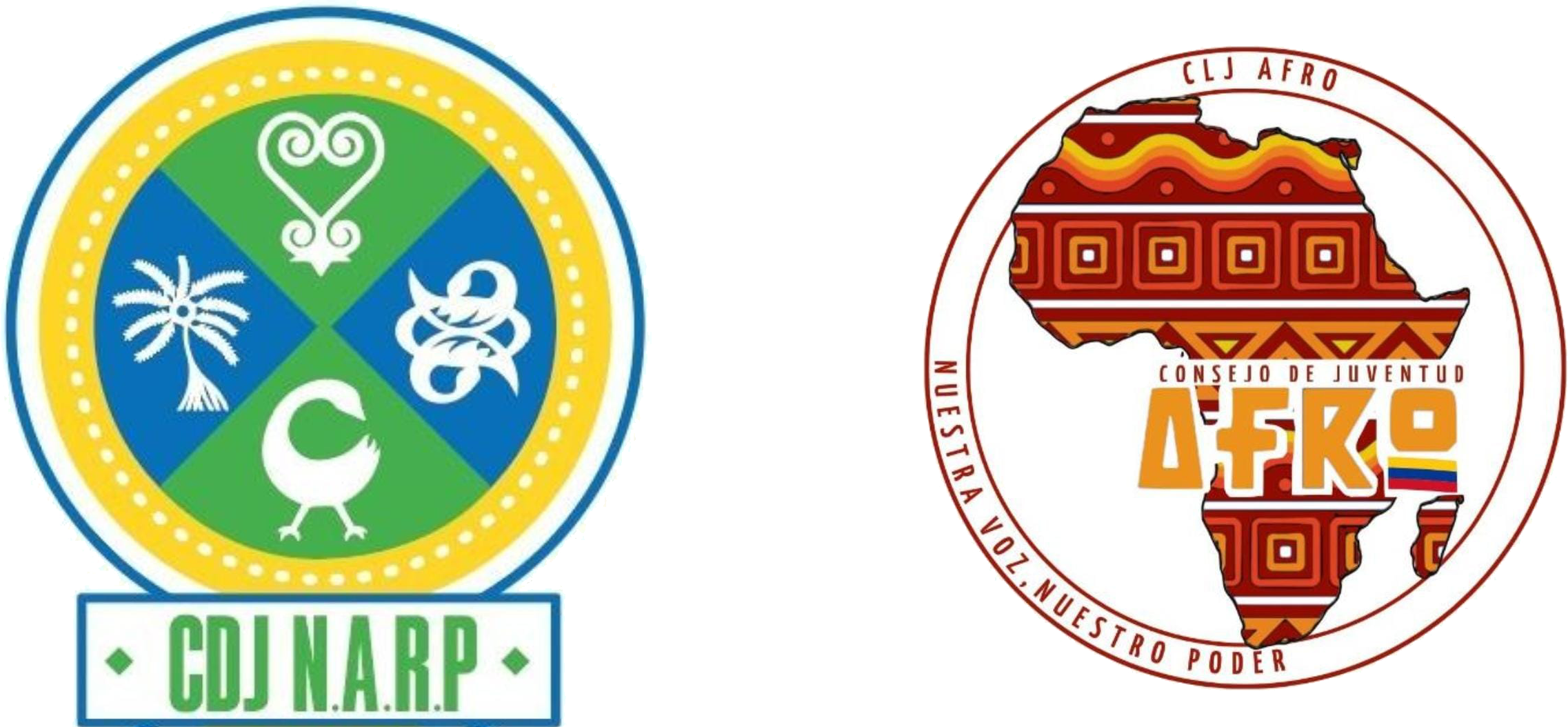#DS 4ESAL in Bogotá, Colombia
Promotion of citizen coexistence
Corporación OCASA - Local Youth Council NARP (Blacks, Afro-descendants, Raizales, and Palenqueros)
Bogotá, Colombia
From Studio Shift’s Design Sprint 4ETS in Northern Italy to Design Sprint 4ESAL in Bogotá, Colombia
The workshop “Promotion of Civic Coexistence” embraced the project challenges launched by the Local Youth Council NARP (Blacks, Afro-descendants, Raizales, and Palenqueros) together with the Corporación OCASA.
The theme of this workshop arises from the articulation between the needs identified by the NARP Youth Council in relation to the communities they work with and the investment lines and meta-projects defined by the Participatory Budgeting mechanism, implemented in Bogotá until 2023 to manage local budgets with the involvement of citizens.
The idea is to show the city’s inhabitants that there are currently opportunities for funding proposals that may arise from citizens (whether organized or not) and, in this way, increase motivation to work together towards the development of innovative ideas that go beyond the planning stage and eventually become a reality.
The context


The Red Latinoamericana y del Caribe para la Democracia (REDLAD) is a non-profit platform, with around 100 members and over 300 allies among civil society organizations, networks, activists, and other social actors in Latin America and the Caribbean, working towards strengthening the democratic system, defending human rights, and promoting social cohesion among Latin American citizens.
OCASA is a civil society organization, non-profit, non-partisan, founded and composed of young people, working in favor of transparent democracy and active citizenship. It was born as the initiative of a group of young friends in 2003.
The NARP Youth Council consists of young people elected through direct popular vote or representatives of ethnic communities such as Afro-Colombians, Raizales, Palenqueros, and other minorities in territories where these groups are present. The NARP Youth Assembly serves as a vital space to address the challenges and struggles faced by these communities, fostering dialogue through working groups, the exchange of artistic and ancestral knowledge, and peer interactions. This space aims to gradually strengthen a culture of participation and highlight collective experiences, contributing to social cohesion and progress.

The experience of the Design Sprint 4ESAL project became an opportunity to test the feasibility of incorporating this methodology into a phase of the implementation process of a citizen participation mechanism for local governments, called ‘Participatory Budgeting’ (Presupuestos Participativos) in the city of Bogotá. In addition, having this citizen participation method available, has been also a chance to incorporate it into a public decision-making process promoting it among citizens and, consequently, fostering citizen participation in the distribution of local budgets.
The design challenges
#1. Amplifying Voices and Role Models
In various settings, NARP youth experience harassment and bullying due to their appearance, which in many cases leads to a lack of self-recognition from an early age. Instead, they often adopt styles typical of the capital’s culture.
What design strategies could help create more inclusive environments and promote self-acceptance regardless of imposed standards? How can we positively intervene in the relationships that citizens establish with the NARP community?
#2. Strengthening Aesthetic Identities
In projects and proposals, the presence and participation of NARP women are scarce, limiting their ability to express and address their issues. In various spheres, the lack of realistic representations of these women makes it difficult for them to identify beyond media stereotypes. There is a need to create inclusive spaces and design more authentic role models to address these realities.
How can we introduce more accurate role models that allow these women to recognize themselves and feel represented beyond superficial stereotypes? How can we facilitate spaces where they can present their challenges and address them from their own perspectives?
#3. Cultural Rooting in Urban Environments
Families or young people are forced to leave their territories and consequently must adapt to large cities, facing discrimination and dealing with passive-aggressive behaviors or comments. This impacts their ability to practice their traditions, establish their roots, and maintain awareness of their ancestry.
What design strategies could help preserve their traditions, strengthen their sense of belonging, and foster a connection with their ancestral heritage in these new urban environments?
#4. Inclusion and Empowerment in Public Spaces
The hyper-surveillance directed at NARP youth in stores, shopping malls, and retail chains presents a clear problem. The lack of awareness of entities about combatting this racial and ethnic profiling creates uncertainty about how to respond to these incidents.
How could we design strategies that not only address this excessive surveillance but also educate and empower these young people about their rights and the actions they can take?
The participants

To discover the biographies of the participants explore the design solutions
Design solutions

Ukoloni wa kiakili
Amplifying Voices and Role Models

Braiding from the Root
Strengthening Aesthetic Identities

Pazifica
Cultural Rootedness in Urban Environments

Ekuba
Inclusion and Empowerment in Public Spaces
